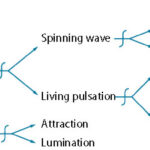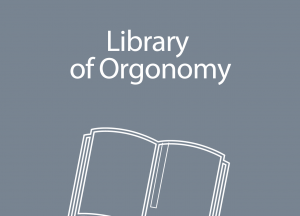The careful observation of amoebae under the microscope confirms Reich’s findings of a spinning, rotating and flowing movement of their protoplasm. An experienced observer can also discern in their plasmatic movement the four distinct phases of the orgasm formula, that governs all energy processes of living functioning. The first thing we see is a local increase of mechanical tension on the amoeba’s cell membrane, due to the pressure its flowing plasm exerts on the membrane (there must also be bioelectrical charge), which forces the formation of a protrusion of the membrane (which—again—is obviously accompanied by a local bioelectrical discharge). Then, the protrusion fills with spinning protoplasm, which locally reduces the surface tension of the amoeba’s cell membrane (relaxation). (The orgasm formula is: mechanical tension – bioelectrical charge – bioelectrical discharge – mechanical relaxation.)
Also notice the bionous-vesicular structure of the protoplasm, which at places organizes into larger bionous heaps (nuclei). According to Reich, the pulsatory movement and the spinning flow of the protoplasm’s bionous heaps reflect the innate and functionally paired functions of the spinning wave and of the pulse of the mass-free orgonotic current, which consists of the primordial and primary motive of matter’s movement in the space-time continuum. This whole process can be expressed with an equation based on orgonomic functionalism, as follows:

The paired functions of the spinning wave and the pulse (with relative movement as their common functioning principle) are expressions of primary and immaterial orgonotic flow in the secondary realm of material expression of living functioning. The phenomena of attraction and lumination, as well as those of interpenetration and merging of bionous heaps, are different expressions of the orgonotic current in the secondary material realm.





